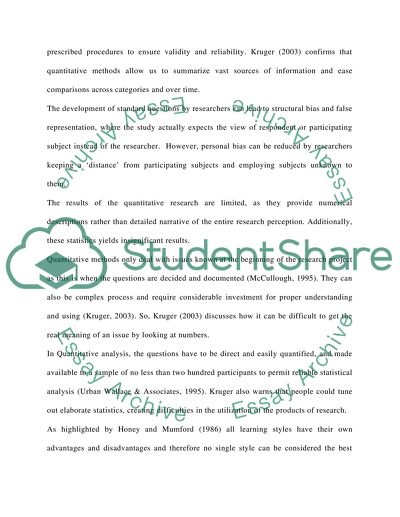Cite this document
(“Quantitative Method Research Paper Example | Topics and Well Written Essays - 3000 words”, n.d.)
Quantitative Method Research Paper Example | Topics and Well Written Essays - 3000 words. Retrieved from https://studentshare.org/sociology/1527365-quantitative-method
Quantitative Method Research Paper Example | Topics and Well Written Essays - 3000 words. Retrieved from https://studentshare.org/sociology/1527365-quantitative-method
(Quantitative Method Research Paper Example | Topics and Well Written Essays - 3000 Words)
Quantitative Method Research Paper Example | Topics and Well Written Essays - 3000 Words. https://studentshare.org/sociology/1527365-quantitative-method.
Quantitative Method Research Paper Example | Topics and Well Written Essays - 3000 Words. https://studentshare.org/sociology/1527365-quantitative-method.
“Quantitative Method Research Paper Example | Topics and Well Written Essays - 3000 Words”, n.d. https://studentshare.org/sociology/1527365-quantitative-method.


